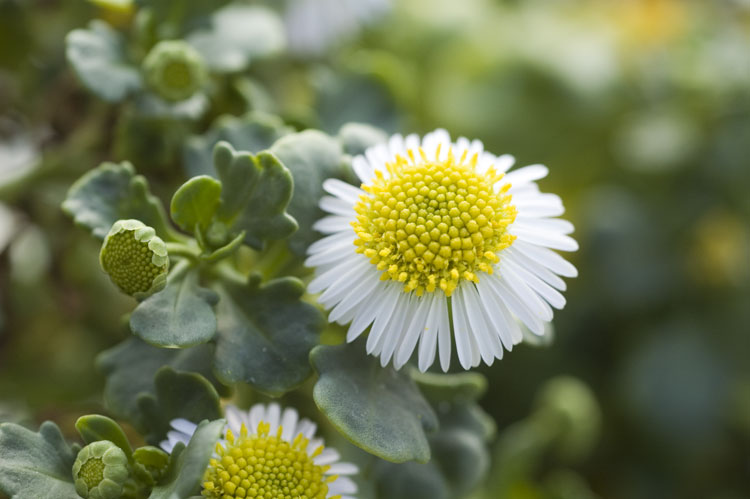The Australian National Herbarium (ANH) has more than one million plant specimens, making it one of the largest and most significant plant collections in the country.
The ANH has a national focus with an international reputation for the quality of its collection and its management and dissemination of plant data.
Some of the ANH's specimens were collected during Captain Cook’s 1770 expedition to Australia.
These specimens are particularly valuable not just because of their cultural significance, but also because they are a record of the pre-European flora of Australia.
The ANH also houses specimens taken from the Australian National Botanic Gardens and helps to verify the scientific names used in labelling the Gardens’ collection of living plants. Specimens are also used for ongoing taxonomic and evolutionary research, population biology and ecological studies.
Groups that are particularly well-represented in the ANH’s collections include eucalypts, wattles, lilly pillies, melaleucas, orchids, mosses, lichens, fungi, and plants from Papua New Guinea.
Our research
Our research focuses on the native plants of:
- Australia and New Zealand
- the south and west Pacific
- south-east Asia.
Our scientists use a range of techniques in molecular biology, environmental modelling and community ecology in their research. Plant groups undergoing active research at the ANH include:
- eucalypts
- orchids
- melaleucas
- daisies
- liverworts and hornworts
- lichens.
The ANH operates a loans and exchange program to share plant specimens with Australian and international botanical research institutions.
Although the research collection is not open to the public, we maintain a reference collection to allow interested people to identify their own plant collections.
Tours of the ANH are sometimes offered to special interest groups by request.
The ANH is supported through a partnership between CSIRO and the Australian Government’s Director of National Parks.
What is the collection used for?
Coupled with our specialist facilities and expertise, the collection is an important resource for:
- classification and naming of plants
- examining the evolutionary history of plants
- mapping current and past ecological and geographic distribution of plants to help with land management and modelling
- studying the changing nature of plant communities over time
- invasion biology and weed ecology
- building plant identification tools and resources
- molecular phylogenetics.
The Australian National Herbarium (ANH) has more than one million plant specimens, making it one of the largest and most significant plant collections in the country.
The ANH has a national focus with an international reputation for the quality of its collection and its management and dissemination of plant data.
Some of the ANH's specimens were collected during Captain Cook’s 1770 expedition to Australia.
These specimens are particularly valuable not just because of their cultural significance, but also because they are a record of the pre-European flora of Australia.
The ANH also houses specimens taken from the Australian National Botanic Gardens and helps to verify the scientific names used in labelling the Gardens’ collection of living plants. Specimens are also used for ongoing taxonomic and evolutionary research, population biology and ecological studies.
Groups that are particularly well-represented in the ANH’s collections include eucalypts, wattles, lilly pillies, melaleucas, orchids, mosses, lichens, fungi, and plants from Papua New Guinea.
Our research
Our research focuses on the native plants of:
- Australia and New Zealand
- the south and west Pacific
- south-east Asia.
Our scientists use a range of techniques in molecular biology, environmental modelling and community ecology in their research. Plant groups undergoing active research at the ANH include:
- eucalypts
- orchids
- melaleucas
- daisies
- liverworts and hornworts
- lichens.
The ANH operates a loans and exchange program to share plant specimens with Australian and international botanical research institutions.
Although the research collection is not open to the public, we maintain a reference collection to allow interested people to identify their own plant collections.
Tours of the ANH are sometimes offered to special interest groups by request.
The ANH is supported through a partnership between CSIRO and the Australian Government’s Director of National Parks.
What is the collection used for?
Coupled with our specialist facilities and expertise, the collection is an important resource for:
- classification and naming of plants
- examining the evolutionary history of plants
- mapping current and past ecological and geographic distribution of plants to help with land management and modelling
- studying the changing nature of plant communities over time
- invasion biology and weed ecology
- building plant identification tools and resources
- molecular phylogenetics.
